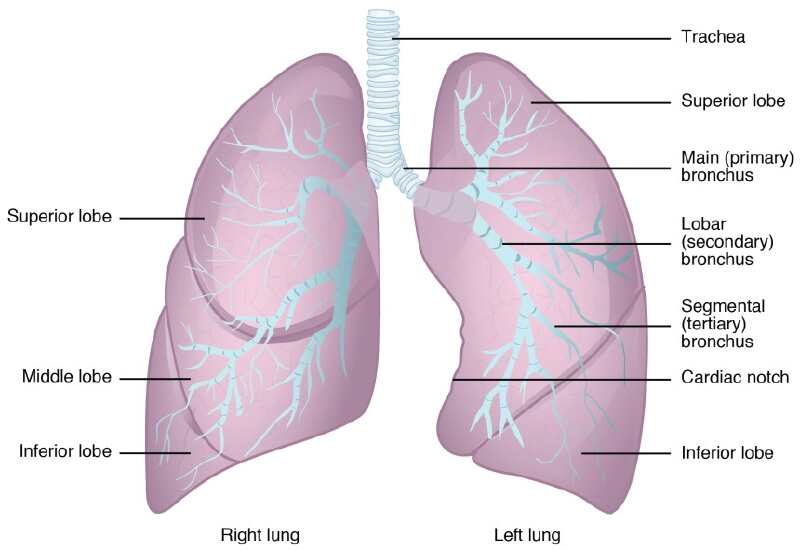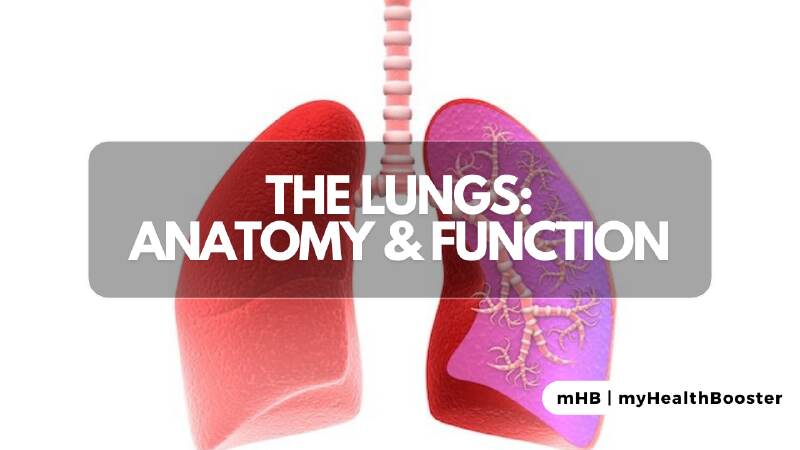The lungs, a vital pair of organs nestled in the chest, play a pivotal role in the exchange of oxygen and carbon dioxide between the air we breathe and our bloodstream. This article explores the design, components, and functions of the lungs, shedding light on the intricate respiratory system.
The Anatomy of Lungs
The lungs are intricately designed organs divided into several key components:

- Bronchi: The main airways branching off from the trachea, leading into the lungs.
- Bronchioles: Smaller branches of bronchi that further lead to the alveoli.
- Alveoli: Tiny sacs where the exchange of oxygen and carbon dioxide takes place.
- Pleura: A thin membrane enveloping the lungs and lining the chest wall.
- Diaphragm: A dome-shaped muscle aiding in breathing.
- Trachea: The tube carrying air from the nose and mouth to the lungs.
- Interstitium: A network of tissue supporting the lung structure.
Respiratory System Structure
The respiratory system involves the interplay of air entering the body through the nose or mouth, traveling through the trachea, bronchi, and bronchioles, and culminating in the alveoli. Simultaneously, the circulatory system ensures the transport of venous blood from the heart to the lungs, facilitating the exchange of gases in the capillaries adjacent to the alveoli.
The Respiratory Process
The respiratory cycle begins as cells utilize energy, producing carbon dioxide as a byproduct. Oxygen-enriched red blood cells release oxygen to body cells, picking up carbon dioxide. This deoxygenated blood travels to the lungs, where carbon dioxide is released into the alveoli and expelled during exhalation. Oxygen from the air sacs enters the capillaries, forming oxygen-rich blood that returns to the heart and circulates throughout the body, completing the circulation cycle.
Events during the Breathing Cycle
Air entering the respiratory system undergoes warming, humidification, and cleaning in the nose and lungs. Nose hairs, cilia, and mucus work collaboratively to eliminate contaminants, ensuring that by the time air reaches the alveoli, it is virtually sterile.
Symptoms of Carbon Dioxide Poisoning
Efficient elimination of carbon dioxide is crucial to cellular function. Accumulation of carbon dioxide in the blood can lead to symptoms such as headaches, drowsiness, coma, and, in severe cases, death. Balancing oxygen intake and carbon dioxide elimination is vital for overall health.
Inhalation and Exhalation
Respiration comprises two phases—active inhalation and passive exhalation. Inhalation involves muscle contraction, primarily by the diaphragm, expanding the chest cavity and creating a vacuum for air intake. Exhalation, a passive process, relies on the elastic recoil of the lungs, forcing air out as the lung returns to its resting position.
Summary
From the detailed anatomy of bronchi and alveoli to the synchronized events in the breathing cycle, the lungs exemplify a wonder of biological engineering, ensuring the vital exchange of life-sustaining gases.
